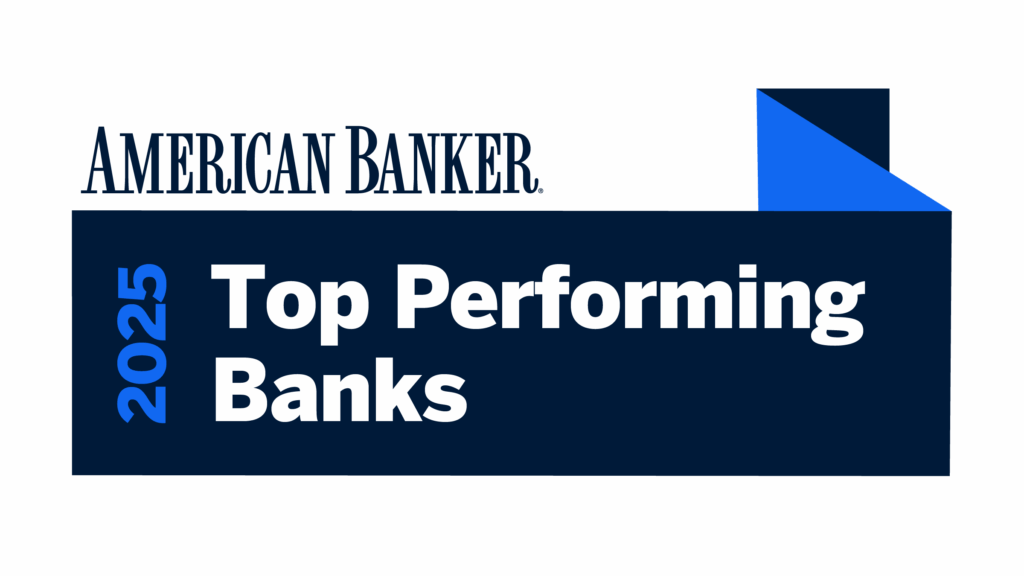
The landscape of banking profitability has revealed that larger institutions are not confined to a single strategy for success. In contrast to smaller banks that prioritize low-cost deposits and expense management, the largest banks, those with assets exceeding $50 billion, have leveraged diverse approaches to enhance their revenues. This adaptability has allowed top performers to thrive in a challenging economic environment.
According to a recent analysis by Capital Performance Group, the top ten banks demonstrated an impressive ability to increase their ratio of noninterest income to average assets by 19 basis points last year. This contrasts sharply with a modest increase of just one basis point among all peer banks. The analysis ranked 37 banks based on their three-year average return on average equity, using data from the end of 2024.
One of the key insights from the report is that smaller banks typically rely on a spread-based business model, focusing on growing their loan portfolios while maintaining healthy margins. As noted by Claude Hanley, a founder and partner at Capital Performance Group, these institutions face challenges as competition for loan pricing intensifies and the cost of funding outpaces core deposits. To counteract margin pressures, smaller banks often seek to expand their fee-based services.
The diversity in strategies among the largest banks is evident. For instance, JPMorgan Chase, which ranks fifth and is significantly larger than its peers, has a multitude of revenue streams that bolster its performance. In 2024, the bank’s investment banking fees contributed to record profits, showcasing its ability to thrive in various market conditions.
Similarly, Raymond James, which secured the second position, attributes much of its success to its wealth management services. While the company does offer traditional banking services, its reliance on nontraditional revenue sources has resulted in a noninterest income to average assets ratio of 13.77%, dramatically exceeding the asset tier’s median of 1.12%.
The approach taken by East West Bancorp, based in Pasadena, California, further illustrates the variety of successful banking models. This bank, which primarily caters to the Asian and Asian American markets, has relied heavily on its lending services. In 2024, East West Bancorp demonstrated its effectiveness in attracting deposits during a Lunar New Year promotional campaign, finishing third in the rankings.
In addition to organic growth strategies, mergers and acquisitions also play a significant role in enhancing financial performance. For the second consecutive year, First Citizens BancShares topped the list, largely due to its acquisition of the failed Silicon Valley Bank in 2023. Such acquisitions can offer substantial advantages, allowing banks to expand their asset base at discounted prices. However, rapid growth can also present risks, as seen with First Citizens, which quadrupled in size within four years.
Despite the acquisition’s initial boost to profitability, the bank’s net income stabilized in 2024. The impressive return on average equity of 63.92% keeps it at the forefront of the industry, although its performance has fluctuated in recent years.
Another notable mention is UMB Financial, which made its debut in the top ten rankings this year after surpassing $50 billion in assets. The Missouri-based bank has cultivated a substantial fee income business, particularly from its health savings account portfolio, which not only generates revenue but also provides stable, low-cost deposits. UMB exhibited the strongest growth in loans and core deposits among the top performers, alongside a significant increase in net income.
The findings highlight that size alone does not guarantee superior returns. The median asset size across the ranked banks was $156 billion, while the top ten had an average size of $82 billion. Hanley emphasizes that top performance is not solely a matter of scale, stating, “It’s not all about size. There’s always this sense that ‘We need to get bigger.’ Well, size alone isn’t a driver of top performance.”
Investor sentiment regarding large banks can also diverge from financial performance metrics. While the stock prices of most major banks rose in 2024, reflecting broader market trends following the elections, this surge did not necessarily correlate with financial outcomes. On average, stock prices increased by 28%, with top performers seeing a slight increase of 30%. Hanley notes that bank investors likely consider a multitude of factors beyond just financial metrics when making trading decisions.
As the banking sector continues to evolve, the diverse strategies employed by the largest banks underscore the importance of adaptability in achieving and sustaining profitability. With various models proving effective, the future of banking success may not hinge on a single formula but rather on the ability to innovate and respond to market dynamics.







